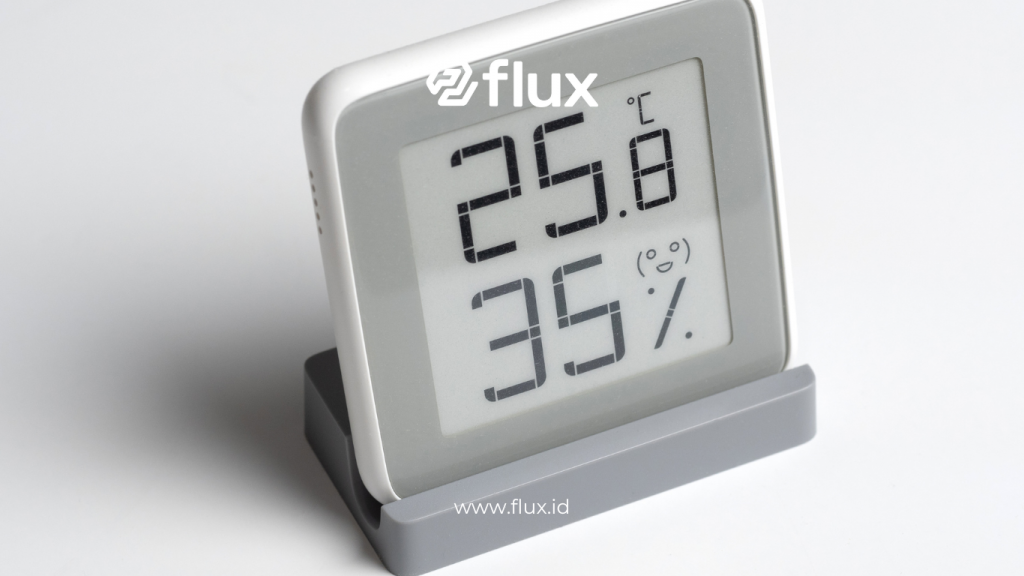Don't miss our holiday offer - 20% OFF!
In today’s digital era, Internet of Things (IoT) technology plays a crucial role in various sectors, including education. IoT sensors have the potential to transform how we manage and enhance the learning environment. With the ability to collect and analyze data in real-time, these sensors help create a safer, more efficient, and supportive learning environment. This article will discuss five key IoT sensors advancing education and how they can improve efficiency and the quality of the learning environment.
Contents
1. Air Quality Sensors

Read More: Oxygen (O2) Sensors for Air Quality Monitoring: How These Sensors Help Manage Urban Air Quality
What Are Air Quality Sensors?
Air quality sensors measure various air parameters such as pollutant concentrations, oxygen levels, and humidity. In a school environment, good air quality is essential for the health and concentration of students.
Benefits in Educational Settings
- Improves Student Health: These sensors help detect air pollution or high CO2 levels, which can affect the health of students and staff.
- Enhances Classroom Air Quality: By monitoring air quality, schools can make adjustments like better ventilation or using air purifiers.
- Better Environmental Management: Sensor data aids in decision-making regarding maintenance and facility improvements.
2. Temperature and Humidity Sensors

Read More: Temperature and Humidity Sensors in Comfort of Smart Cities
What Are Temperature and Humidity Sensors?
These sensors measure temperature and humidity levels in various areas. Proper temperature and humidity control is crucial for creating a comfortable learning environment in schools.
Benefits in Educational Settings
- Comfort for Students and Staff: These sensors ensure that classroom temperature and humidity remain within a comfortable range, enhancing focus and comfort.
- Energy Efficiency: Temperature and humidity data help optimize the use of heating, ventilation, and air conditioning (HVAC) systems, reducing energy consumption.
- Prevents Facility Damage: Consistent monitoring can prevent damage due to excessive moisture, such as mold or structural issues.
3. Occupancy Sensors

Read More: Unveiling How Oxygen (O2) Sensors Monitor Urban Air Quality: Technology and Applications
What Are Occupancy Sensors?
Occupancy sensors detect whether someone is present in a specific location. This can include motion sensors, card readers, or biometric-based sensors.
Benefits in Educational Settings
- Security: Ensures that only authorized individuals can access certain areas, such as laboratories or archive rooms.
- Space Efficiency: Data from occupancy sensors helps manage room usage, ensuring that unused rooms do not consume energy.
- Activity Monitoring: Helps monitor the activities of students and staff, ensuring adherence to schedules and school policies.
4. Noise Sensors

Read More: Optimizing School Management with IoT Sensors: Smart Solutions for Education Departments
What Are Noise Sensors?
Noise sensors measure the noise levels in a given area. High noise levels in schools can disrupt teaching and learning processes.
Benefits in Educational Settings
- Improves Learning Quality: By monitoring and managing noise levels, schools can create a more conducive learning environment.
- Noise Control: Helps identify sources of noise and take steps to reduce it.
- Student Well-being: A quieter environment can reduce stress and improve student concentration.
5. Energy Sensors

Read More: Maximize Building Energy Efficiency with Energy Sensors: Latest Technology for Optimal Savings
What Are Energy Sensors?
Energy sensors monitor energy consumption in various parts of a building. This includes electricity, gas, and water monitoring.
Benefits in Educational Settings
- Cost Savings: Data from energy sensors helps identify areas of high energy consumption and take steps to reduce costs.
- Better Energy Performance: Ensures efficient energy use and reduces waste.
- Environmental Compliance: Helps schools meet environmental standards and reduce their carbon footprint.
Conclusion
IoT sensors offer numerous benefits for educational settings, from improving air quality to managing energy more efficiently. By adopting these technologies, schools can create a healthier, more comfortable, and efficient learning environment. Integrating these sensors not only enhances the student learning experience but also optimizes facility and resource management. Therefore, implementing IoT technology in education is a crucial step towards a better and more sustainable future in education.





